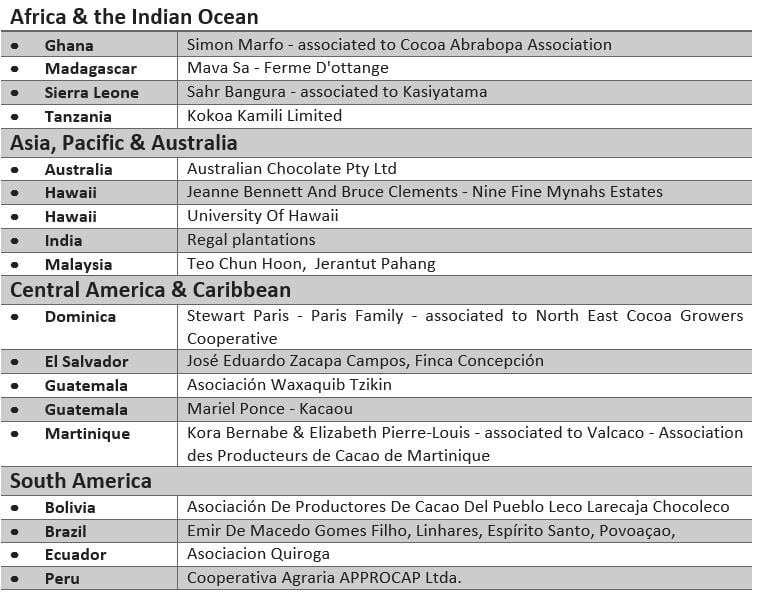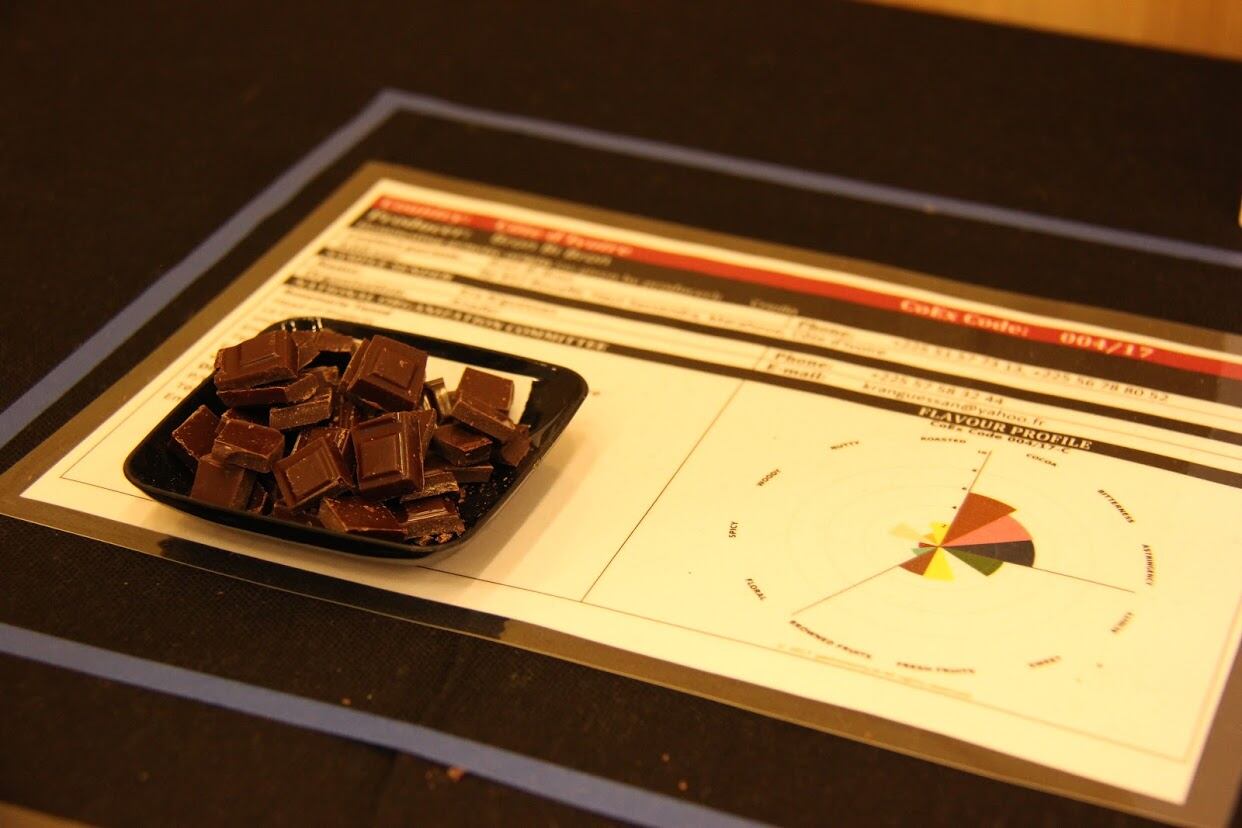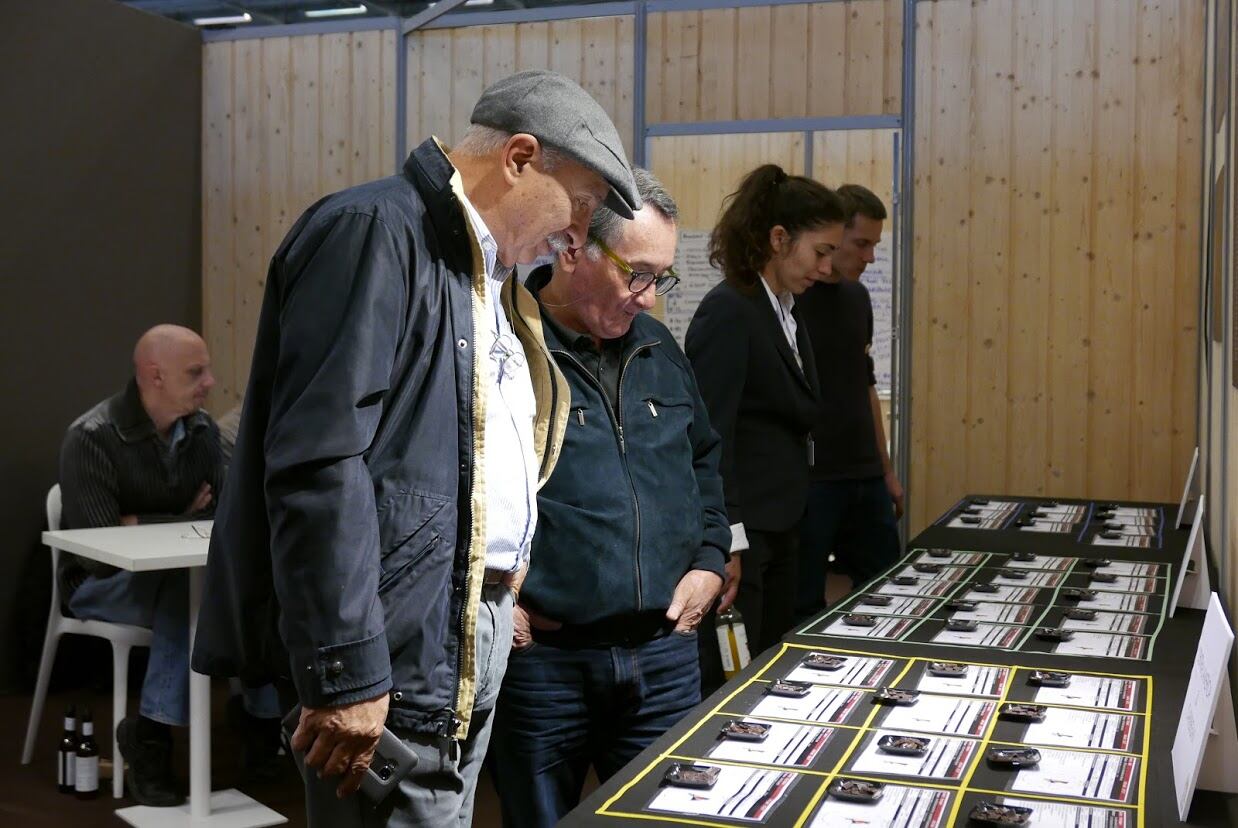Last week, 18 International Cocoa Award (ICA) winners were celebrated at the Salon du Chocolat in Paris.
They were initially selected from 166 cocoa samples submitted by 40 countries under the Cocoa of Excellence Programme (CoEx).
A panel of sensory experts who are part of the Cocoa of Excellence Technical Committee conducted blind evaluations of cocoa liquor and untempered chocolate from the 166 samples.
Fifty of the 166 were shortlisted for the 2017 ICA. These samples were processed into tempered and moulded chocolate – all with the same recipe of 66% cocoa – and were evaluated by a wider panel of 41 chocolate professionals.
The 18 winners were:

The event – which takes place every two years – is spearheaded by Bioversity International and Event International.
A marketing opportunity
Brigitte Laliberte, cocoa genetics scientist at Bioversity International and coordinator of the International Cocoa Awards, said of the 18 winners: “They come from all the cocoa regions around the world and illustrate the potential for quality and diversity in cocoa.”
She told ConfectioneryNews the winners may prove interesting for bean buyers, traders, processors and chocolate makers.
“Some chocolate companies have already used the CoEx program and ICA labels on their chocolate bars. We are finalising the terms and conditions for the use of the labels as this is something to be encouraged… Companies have contacted us and are interested in using the label, which is a great outcome.”

Great – how can I buy the beans?
But can the cocoa samples be produced in sufficient quantities for commercial chocolate and does post-harvesting infrastructure exist in origin countries?
Under the awards rules, countries can submit samples within two categories: Commercial and experimental. No more than a third of the samples can be experimental.
Commercial scale samples should be able to produce at least several tons per year.
Laliberte said: “All information related to the production capacity of the samples is available and provided by the producers as well as information on genetic origin and agricultural practices.
“The flavour profile is published as well as all contact details. Bean buyers would need to contact the producers and discuss their specific requirements."
Further information on the 50 best samples is available HERE.
Bean samples for the 2017 ICA winners were produced during the 2016/17 growing season.

“Therefore, the availability of beans would be for the new crops of the current season 2017/2018,” said Laliberte.
Surprise winners
The awards coordinator said origin countries stood to benefit most from the event.
“The most significant story of the 2017 International Cocoa Awards was the success of countries that participated for the first time and won an ICA,” said Laliberte.
“This was the case for Dominica, El Salvador, Martinique and Sierra Leone. And a sample from the Philippines made it into the best 50. This shows that excellence is not restricted to a region, production size nor reputation,” she said.
“The amazing difference is in the diversity of flavor these samples offer ranging from floral, spicy, fruity, woody, all with a different cocoa base,” she continued.
